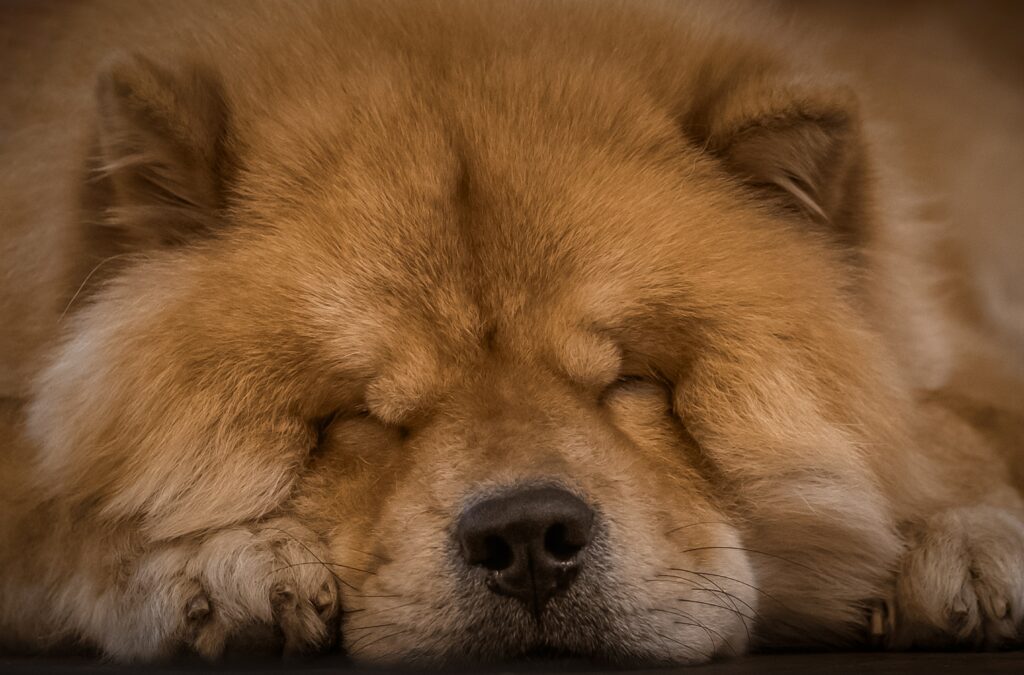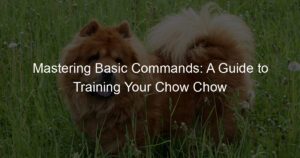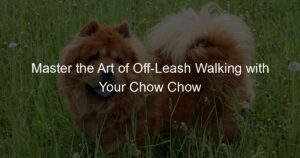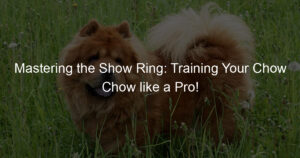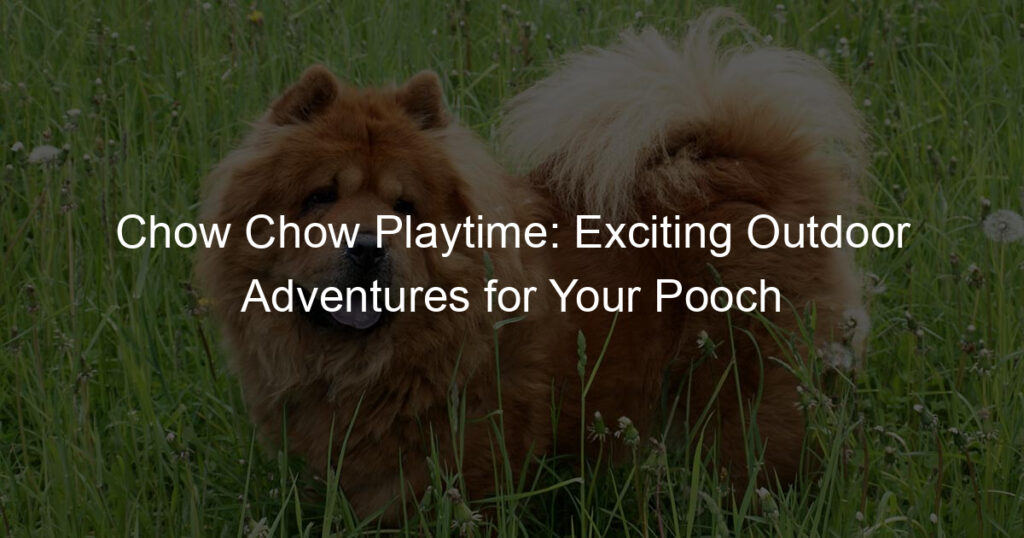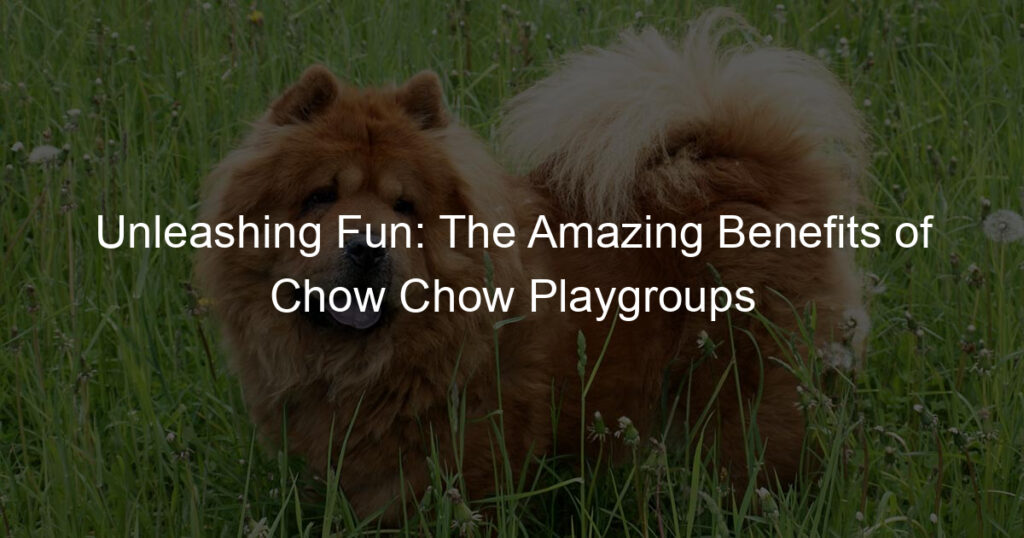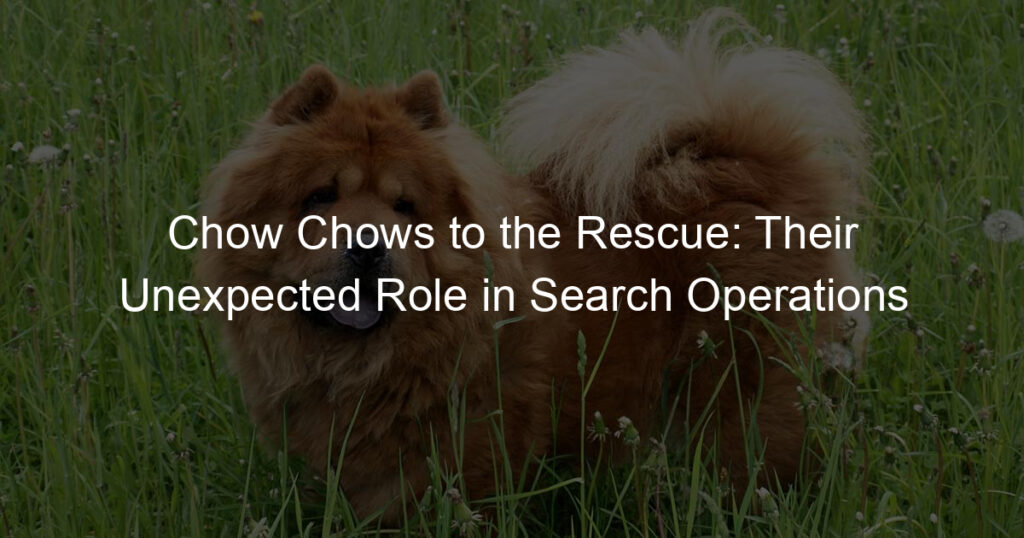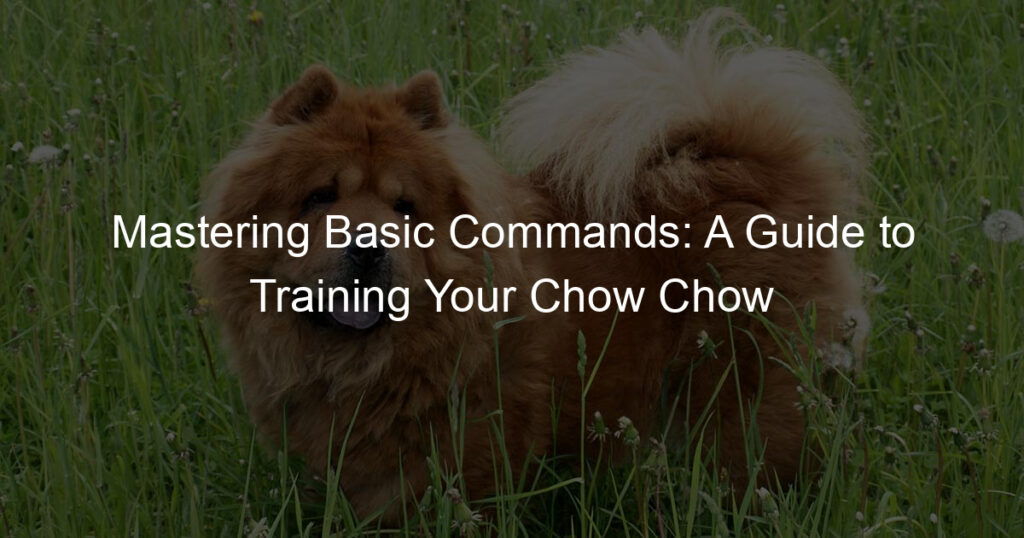If you are lucky enough to own a Chow Chow, then you know that they are intelligent, loyal, and beautiful dogs. Training them can be both rewarding and challenging–just like with any breed of dog.
One of the best ways to successfully train your Chow Chow is through crate training. This technique is an effective way to teach your pup basic rules so they don’t misbehave in the home or get into trouble outdoors.
In this blog post, we’ll explain how crate training can benefit you and your furry friend, as well as provide some tips on how to do it properly so both of you will have a successful experience!
How to Choose an appropriate crate for Your Chow Chow?
When selecting a crate for your Chow Chow, it’s essential to consider its size, personality, and the intended purpose of the crate.
Firstly, make sure the crate is spacious enough for your Chow Chow to stand up, turn around, and lie down with ease. As a breed, Chow Chows are known for their independent and stubborn nature, so consider a sturdy crate with strong locking mechanisms to prevent your pooch from escaping.
Additionally, if you plan on using the crate for training or travel, opt for a portable crate that can easily fit in your car. With these considerations in mind, finding the perfect crate for your Chow Chow will provide them with a comfortable and secure space that they can call their own.
How long does it take to crate train a dog?
| Step | Description |
|---|---|
| Choose the right crate | Make sure the crate is big enough for your Chow Chow to stand up, turn around, and lie down comfortably. Choose a crate with a sturdy design and a secure latch. |
| Introduce your Chow Chow to the crate | Place treats or toys inside the crate and leave the door open. Let your Chow Chow explore the crate on their own terms and associate it with positive experiences. |
| Start with short periods of time | Encourage your Chow Chow to enter the crate and stay inside for short periods of time, gradually increasing the amount of time they spend inside. Reward them with treats and praise when they enter or exit the crate calmly. |
| Use a cue word | Use a cue word or phrase, such as “crate” or “bedtime”, to signal to your Chow Chow that it’s time to enter the crate. This can help them understand what you expect of them. |
| Stick to a routine | Establish a routine for crate training, such as using the crate during meal times or at night. This can help your Chow Chow understand when it’s time to enter the crate and feel more comfortable with the process. |
| Don’t use the crate for punishment | Never use the crate as a form of punishment, as this can create negative associations with the crate and make crate training more difficult. |
Crate training your Chow Chow can be a beneficial process, as it not only helps them feel secure and relaxed in their environment but also provides a safe space for your pup to stay when you are away. The length of time it takes to crate train a dog depends on several factors such as their age, temperament, and overall health.
Typically, puppies take less time to crate train than adult dogs, as they are more willing to learn and adapt quickly. With adult Chow Chows that have never been crate trained before, it may take up to a few weeks or even months for them to become comfortable with the idea.
When it comes to crate training your pet, consistency is key.
Between 12-14 hours per day for puppies and 10-12 hours per day for adults should be enough for your pup to get used to being in the crate. Initially, keep all sessions short—no more than 15 minutes at a time—so your furry friend won’t get overly anxious or fearful of being confined. As your pup adjusts more and more each day, gradually increase the amount of time they spend in the crate until they can be comfortable staying in there for several hours at a time without feeling distressed or claustrophobic.
In addition to consistency, positive reinforcement is an important factor during this process. During each session inside the crate, reward good behavior with treats or toys and offer encouraging words like “good boy/girl” or “you did great!” so your pet knows they are doing something right and will want to repeat these behaviors in the future. This will help create positive associations with the crate and ease any anxiousness or fear that comes from being inside of one.
It’s important to remember that every dog is different so it’s best not to rush the process or force them into staying in their crates if they seem uncomfortable or afraid. With patience, understanding, and dedication you’ll soon have successfully trained your Chow Chow through crate training!
How do you discipline a Chow Chow?

Chow Chows can be quite stubborn and strong-willed, making discipline a bit of a challenge. However, it is important to establish clear rules and boundaries from an early age.
Positive reinforcement techniques such as rewards and treats can be very effective, as Chow Chows respond well to incentives. Harsh discipline methods such as physical punishment should be avoided, as these can damage the bond of trust between Chow Chow and the owner.
Consistency is key in discipline, as Chow Chows may become confused and disobedient if rules are not enforced consistently. By using positive reinforcement and establishing clear boundaries, you can effectively discipline your Chow Chow to ensure they grow into a well-behaved and obedient companion.
Do Chow Chows like to be left alone?
Chow Chows are independent and somewhat stubborn dogs, so it’s easy to assume that they like to be left alone. However, the truth is more complex than that.
While Chow Chows do tend to be aloof and independent, they also crave attention and affection from their owners. They may appear to be content lounging on their own, but they will often seek out interaction and playtime when they feel like it.
In general, it’s safe to say that Chow Chows do appreciate having their own space but still enjoy the company of their human family. As long as they have a balance of both solitude and socialization, they can thrive in any environment. Understanding the unique personality of your Chow Chow is key to creating a healthy and happy relationship.
Do Chow Chows bite without warning?

Chow Chows are a unique breed of dogs that have a reputation for being fiercely loyal and protective of their owners. However, there have been reports of Chow Chows biting without warning, leaving some potential owners hesitant to bring one into their home.
While it is true that Chow Chows can be more prone to aggression than some other breeds, it is important to note that any dog, regardless of breed, has the potential to bite. Proper training and socialization can help minimize the likelihood of a Chow Chow biting without warning.
Additionally, it is important to always closely supervise interactions between children and dogs to prevent any accidents from occurring. By taking the necessary precautions and properly caring for your Chow Chow, you can help ensure a loving and safe relationship with your furry companion.
Will a Chow Chow protect its owner?

The Chow Chow, known for its fluffy, bear-like appearance and fiercely independent personality, is often mistaken for a guard dog due to its size and imposing presence.
However, despite their strong-willed nature, Chow Chows are not known to be protective of their owners in the traditional sense.
While they are loyal and devoted to their chosen humans, they tend to have a reserved nature towards strangers, making them excellent watchdogs. It is important to note that while a Chow Chow may not actively defend its owner, their imposing presence and intimidating bark can often be enough to deter potential threats.
Ultimately, their protective instincts may not be what one expects, but their steadfast loyalty and vigilant nature make them excellent companions for those who appreciate their unique personalities.
Summary: How to Crate Train a Chow Chow
After considering the major aspects of bringing a Chow Chow into your home, it is clear that they are intelligent, loyal, and affectionate dogs. They can be energetic in the right environment and have a fun personality.
The key to having a peaceful relationship with your furry friend is setting up proper boundaries and devoting enough attention to ensure comfort, discipline, proper socializing, and exercise. With that being said, hope you take up the responsibility if you decide to adopt or bring home one. Don’t forget – Chow-Chow!

